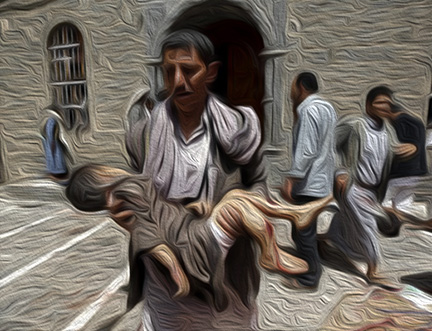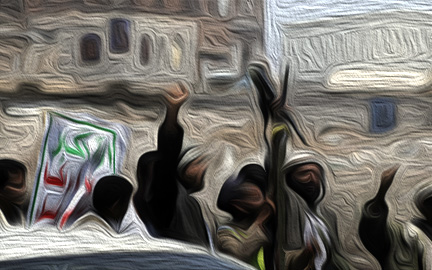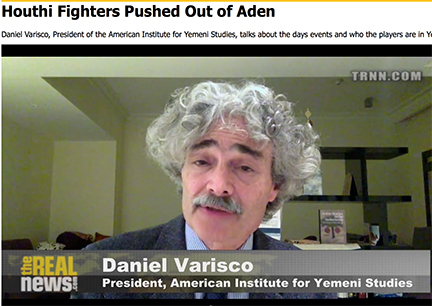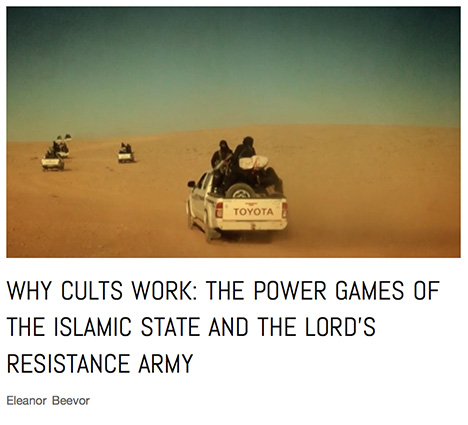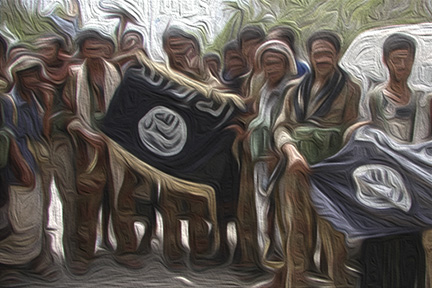
There is a sense in which all wars are stupid wars. But some are more stupid than others. Invading Iraq, which posed no tangible danger to the United States but filled the brainless crania of a group of neocons, is a prime example. Can you imagine Iraq as an ally of Iran or as a breeding ground for extreme ISIS terrorists if Saddam or one of his cronies was still in command? This is not to praise a butcher like Saddam, but to point out that the unintended, even if quite predictable, outcomes of hastily made warmongering tend to take on lives, as they take out lives, on their own. So here is the current scorecard for Decisive Storm, as it nears a month of nightly bombing. Instead of weakening the unholy alliance between the Huthis and Ali Abdullah Salih, this group controls more territory than it did when the bombing started. The major shock from the “shock and awe” campaign thus far is that it is destroying Yemen’s infrastructure and formal military structure, but steadily gaining allies who resent the vast destruction being unleashed on their homeland. Many of those Yemenis who did not like the Huthis now hate the Saudis even more. In addition to the homeless and the dead, the pride of Yemeni nationalism has been seriously wounded, but it is nowhere near dying.
Once upon a time the enemy in Yemen was al-Qaida, the group that sparked our unending and unnerving “War on Terrorism.” It was self-styled as a war against the uncivilized, since in this case only the civilized could muster drones and sophisticated bomber planes. Under Obama’s watch a few al-Qaida operatives were eliminated, along with a larger number of civilians who get classified as collateral damage. The American people are still being told that al-Qaida is our main enemy. Remember the Alamo; remember 9/11. But no longer, it seems. Continue reading Is the enemy of our enemy still an enemy?
